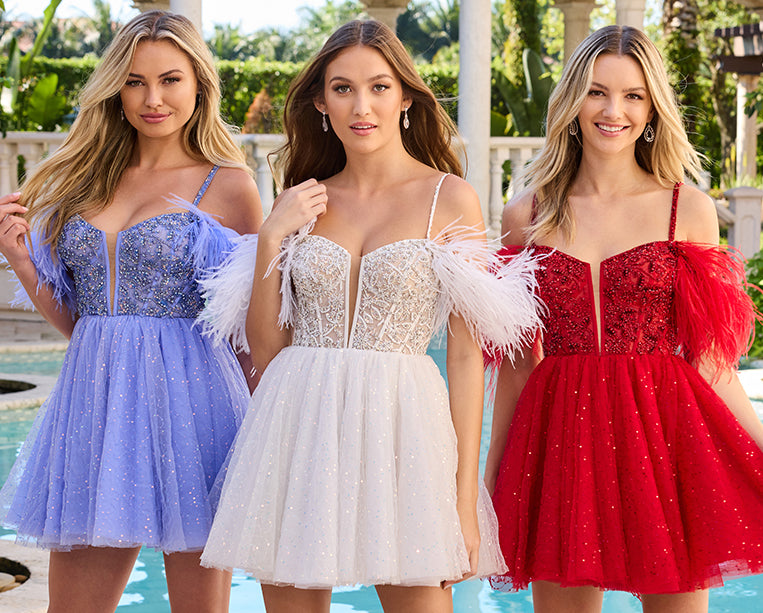3 Ways Your Make-Up Bag Has An Impact On The Planet
The cosmetics industry turns over billions each year, helping people achieve the perfect pout and lash length. But the industry has an altogether more sinister side.
You might not realise the impact your purchasing habits can have on the planet, so we’ve summarised some of the biggest threats and how you can take steps to shop responsibly.
Purchasing environmentally friendly products is a great way to vote with your wallet and let cosmetic companies know what your priorities are. This can ultimately result in them changing the way in which they develop their products.
Animal testing
A tangible concern in the beauty industry is animal testing. 10 million animals suffer and die as a result of cosmetic testing every year – that’s over 27,000 each day. These experiments can majorly change the physiology of the animal, and some experiments even plan for the death of the animal as a way of measuring the treatment.
And though many jurisdictions have now banned animal testing in the cosmetics industry, the fact remains that many ingredients have been purchased from outside of these locations and have still been tested on animals. More insidious yet, many brands claim not to test on animals while still selling their products in places like China, where all products must be tested on animals before they are approved for sale to the public.
Despite the fact that more than fifty forms of non-animal related tests have been validated for use, these methods continue across the world.
However, as we become wiser to the source of the products we buy, cruelty-free products are becoming more popular. As many as 36% of women will only buy from brands who don’t test on animals, for example, so progress is being made.
Pollution
Make-up and other cosmetics are often made with chemical substances that don’t biodegrade. P-phenylenediamine, for example, is a dangerous chemical that can kill plankton and other aquatic life – but it’s still a common ingredient in lipstick and hair dye.
Dioxane, BHA/BHT, Triclocan, Diethanolamine – the list is long (and hard to pronounce), and these chemicals show up regularly within the products we use. Livestock can suffer genetic and reproductive issues when exposed to chemicals. Once they’re in the earth’s water cycle, everything is affected. Studies have found them in agricultural soil and household dust, for example.
As consumers, we can consult the ingredients in the products we buy in order to prevent the environment from being tarnished by these harmful chemicals.
Plastic
A huge majority of cosmetic products are sold in plastic packaging, adding to the build up of plastic bottles and tubs in our landfills and oceans.
Cosmetic packaging must be extra strong to ensure that it is not degraded by the chemicals within the makeup – and packaging that strong takes hundreds of years to break down.
Another consideration is microbeads, which are now banned in the UK, for example. Tiny beads of plastic build up in the ocean and end up in the stomachs of aquatic life.
You can purchase microbead-free products in glass bottles or recycled jars to reduce the impact of plastic on the environment.
Latest Posts
 Tracking down the Ideal Wholesale Clothing Merchant for Your Store
Tracking down the Ideal Wholesale Clothing Merchant for Your Store Unleashing Creativity: Sublimation Equipment for Vibrant Colours and Designs
Unleashing Creativity: Sublimation Equipment for Vibrant Colours and DesignsCat Couture Chronicles: A Fashionista’s Guide to Hoodies and Sweaters
 How to Choose the Perfect Easter Shirts in Christian Apparel
How to Choose the Perfect Easter Shirts in Christian Apparel Elevate Your Wardrobe: Stylewe’s Exquisite Fashion Delights
Elevate Your Wardrobe: Stylewe’s Exquisite Fashion Delights Prom Dresses: Unveiling Elegance and Style | Amarra
Prom Dresses: Unveiling Elegance and Style | Amarra A Guide to Discovering Your Perfect Comfortable Underwear
A Guide to Discovering Your Perfect Comfortable Underwear Beyond Basic: Elevate Your Beach Look with Stunning Black One Pieces
Beyond Basic: Elevate Your Beach Look with Stunning Black One Pieces Essential Tips for Choosing the Perfect Women’s Leather Motorcycle Jacket
Essential Tips for Choosing the Perfect Women’s Leather Motorcycle Jacket How to Find the Best Canadian Women’s Clothing
How to Find the Best Canadian Women’s Clothing
